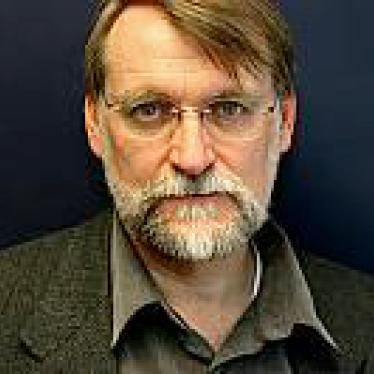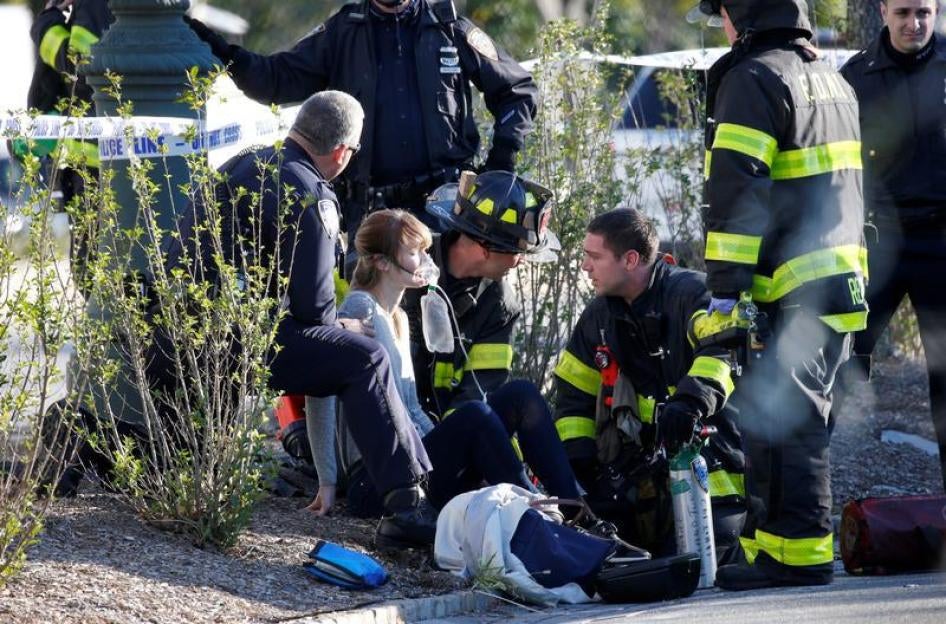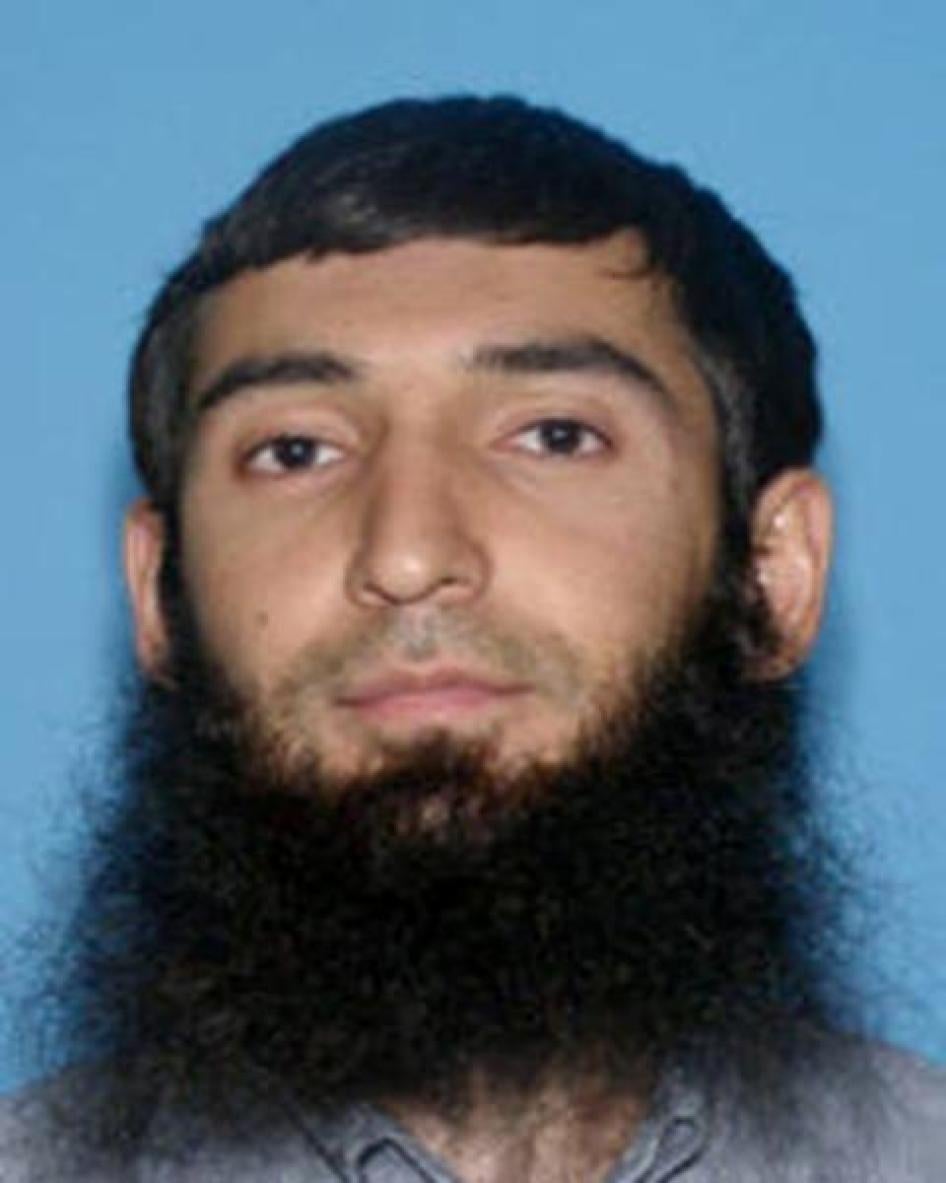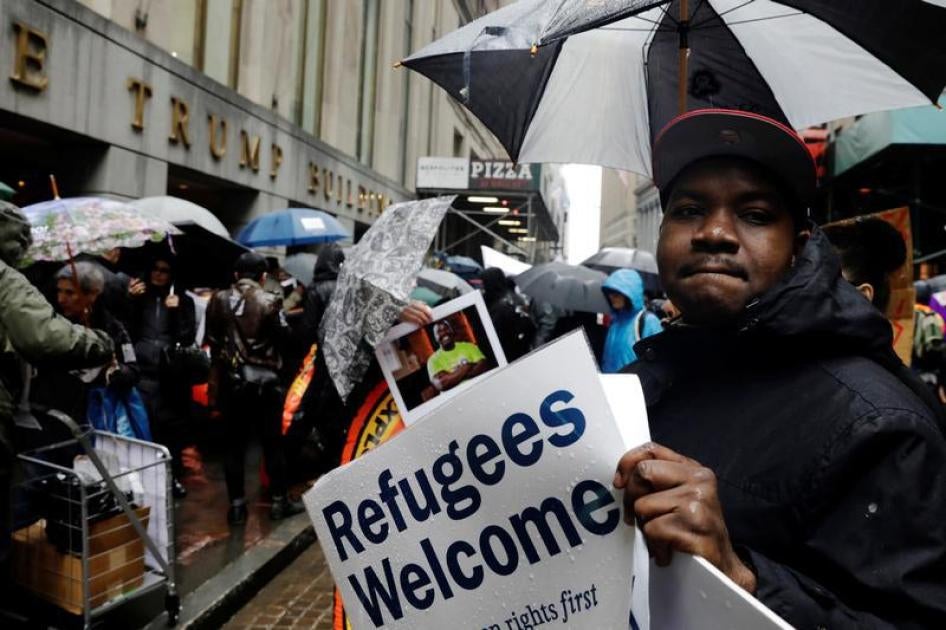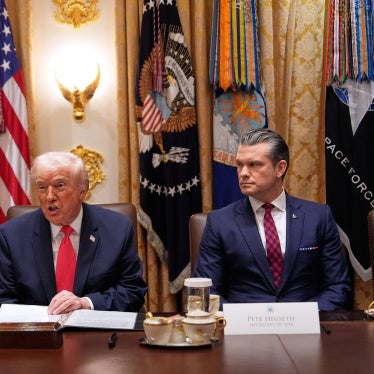The Halloween attack in New York City understandably provoked fear and predictably exacerbated prejudices. In the aftermath, President Trump tweeted, “I have just ordered Homeland Security to step up our already Extreme Vetting Program. Being politically correct is fine, but not for this!”
Screening refugees and immigrants on security grounds is perfectly legitimate. But let’s be realistic. There is no indication that the accused truck attacker, Sayfullo Saipov, intended any harm to the United States when he entered the country. All winners of the diversity visa program undergo the same background checks as other lawful permanent residency visa categories. Whatever one’s view of the value of diversity visas, it is hard to imagine what screening seven years ago could possibly have identified as a threat the young man who by all accounts entered without malice at that time.
This is all the more true for people admitted as refugees, who have been undergoing extreme vetting for many years already. The Manhattan attack comes less than a week after the Trump administration announced new refugee security screening protocols and said that it would suspend for another 90 days refugee resettlement from 11 countries that constituted 44 percent of the refugees admitted last year.
The memo to the president on the new protocols from the heads of State, Homeland Security and National Intelligence says only that another 90 days are needed “to determine what additional safeguards, if any, are necessary,” leaving open the question whether further security measures are needed at all.
And for refugees from other countries where resettlement now resumes, the new protocols expand screening to include the separated minor children and spouses who are following refugees who have already been resettled in the United States. The protocols also double the time, from five years to 10, required for them to provide their previous addresses, phone numbers and emails.
It remains to be seen whether the government is prepared to commit the additional resources needed to digest and analyze this potential doubling of information, and whether this will more effectively identify people who present a real security risk.
In fact, existing refugee screening procedures have been effective. According to an extensive Cato Institute study, not one of the nearly 3 million refugees resettled to the United States since the 1980 Refugee Act has committed a single fatal terrorist act against an American citizen.
Refugees are already the most thoroughly scrutinized group of immigrants or visitors to the United States. The process involves multiple inter-agency levels of review, including FBI and National Counterterrorism Center checks. Applicants for resettlement for whom any gray area is identified are not admitted. The process usually takes 18 to 24 months, which often follows a decade or more of sitting in a refugee camp. A would-be terrorist could find far easier ways to enter the United States.
A Heritage Foundation study found that 61 people who were admitted as refugees to the US between 2002 and 2016 — out of the 869,000 refugees admitted during that time — “later engaged in Islamist terrorist activities.” Whereas the Cato study looked specifically at foreign-born people involved in fatal terror attacks, the Heritage Foundation study included those engaged in activities such as planning to join al-Shabaab in Somalia. Its study found that most of these 61 were “radicalized” many years after arriving in the United States and concluded that “security vetting on the front-end of the refugee process does not eliminate the risks from homegrown radicalization of refugees in later generations.”
Why the new protocols and another 90-day suspension for certain nationalities? Trump’s scapegoating of refugees and his lowering of the ceiling for annual refugee admissions to the lowest level since 1980 make it hard to consider this anything other than a pretext to obstruct and exclude them.
With the first month of this fiscal year just completed, U.S. refugee admissions are not even on a pace to reach the halfway mark of the new 45,000 ceiling. The already slow and deliberative U.S. refugee resettlement process now appears headed toward a long, immovable backlog that will prolong refugees’ misery and their exposure to harm.
Given the tough procedures already in place, the problem is not gaps in screening new arrivals. A more realistic and useful approach would be to identify and resolve failures in properly integrating those arrivals into American society. And that will not be achieved by closing refugees off and treating them as objects of fear, but rather by welcoming them, engaging with them, educating and employing them and making them feel part of a tolerant, multi-cultural society.
